Last year, I thought I’d take the opportunity to volunteer to support the Winter edition of the Spine race – there’s a range of roles (registration, running check points, media team) – but I thought I’d be best placed in one of the Safety teams. I filled out the form, then later in the year, was contacted and placed into one of the teams.
I wanted to volunteer for a couple of reasons – I wanted to help people to be safe on the race, to be able to use some of my outdoors experience to support others, to meet like minded people, and also feel like I was part of something whilst doing it.
We met before Christmas over a video call to go over the basics of kit, expectations and so on – and to have a chance to meet the others involved. In the end, some people had to drop out, our coordinator (each group has one) had Covid – but we ended up in YHA Mankinholes the night before the race.
We had a group of people with different experience in our group – mountain leaders, previous participants, people with experience in the hills and a desire to help, and a medic (who himself was a character!). It was a varied group – but it worked, and I enjoyed all their company – as people had to leave through the week and return to normal life, they were missed.
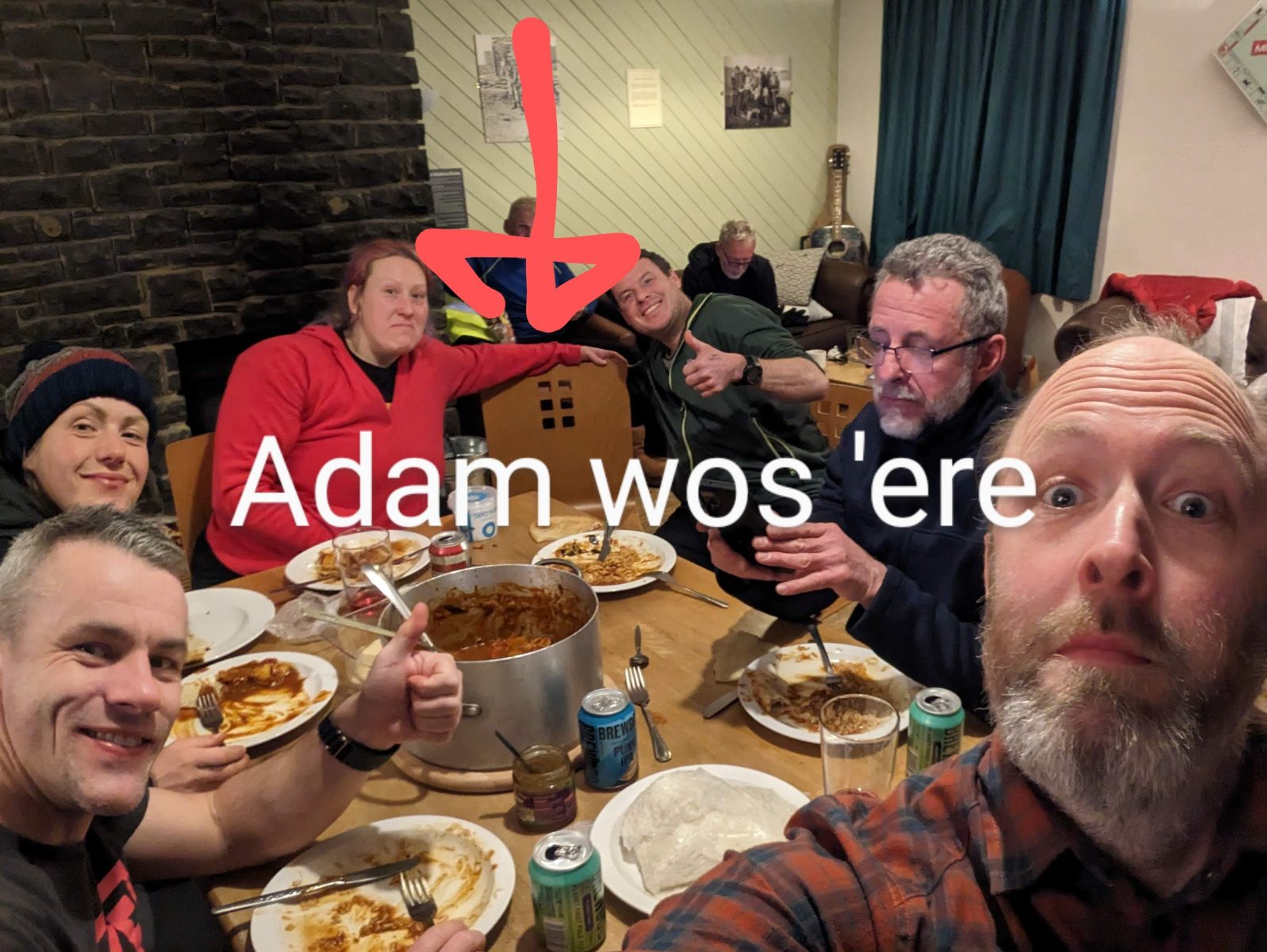
Our role appeared both simple and variable – we were being deployed out generally in pairs or groups across the course each day, doing an 8 hour shift (with other Spine Safety teams on other shifts – we were on an 8am to 4pm shift, with others working through the night and early morning). Initially we were being based out of key locations where the participants would come through – talking to them, making sure they were ok and picking up their spirits where needed, and feeding back where they were not.
Each day we were being sent to where the majority of Spiners were at that point (generally to also pick up a go bag) – initially seeing Challengers coming through, later the full Spiners and those doing the Challenger North. This meant that on the first day I was at the Craven Energy Tri Club unofficial feed station at Lothersdale (https://www.facebook.com/profile.php?id=100081047427304), after Checkpoint 1 at Hebden Hey), we mainly saw the Challengers who’d started on the Saturday instead of the Sunday – and they’d gone through grim weather overnight (rain / snow, gusts of wind over 70mph).
We saw everything from upbeat people who just wanted a cup of tea and a bacon sandwich, through to people who were freezing and exhausted, needing food and a chance to reset. The Tri club were doing an amazing job – keeping people warm and giving them blankets, food, drink, and a chance to top up on supplies and fluids.
The checkpoint is in a location which is a reasonable gap between checkpoints – and well placed as such. The start of the day was largely talking to people, supporting those who needed to stop (keeping our coordinator updated and passing on when someone needed a lift), occasionally going up the course to check on people who were going slowly, and in a few cases checking on people who hadn’t moved for a while or who had called in to end their races and get picked up (before being taken onto their gear at the next checkpoint).
From talking to the other members of our team stationed elsewhere on the course – we had a relatively busy day, and one that turned out to be one of the busiest we had over the week ahead. The weather had taken a lot out of people, and we were at a point were people were reaching after being soaked through the night. Part of our job was the fine line between encouraging people to keep on moving, or rest and recharge – and when to accept when they needed to stop, or call out where there was issues.
The Craven Energy Tri Club made a good bacon sandwich, their tea game was top notch, and they happily dealt with people trying out their gloves on their kettle. With volunteer stations like this I suspect a lot fewer people would complete the race!
At the end of the day, we got the call to hand over our go-bag (more on these later), then head up the country to where we were sleeping for the night, leaving the next shift of the Safety team to cover the area of the course where we’d been
This was the general pattern that our days took – we were staying in a combination of accommodation, mainly Youth Hostels as well as locations such as the Tan Hill Inn (which was an interesting drive on dark icy roads – but it’s an iconic location, and dinner was epic there!).
Our team had bunks at the Tan Hill Inn which were very welcome – and it was also an unofficial stop point for Spiners, with tea, a fire and sofas – people found it welcome, with it being between Checkpoint 2 (Hawes) and Checkpoint 3 (Middleton in Teesdale).
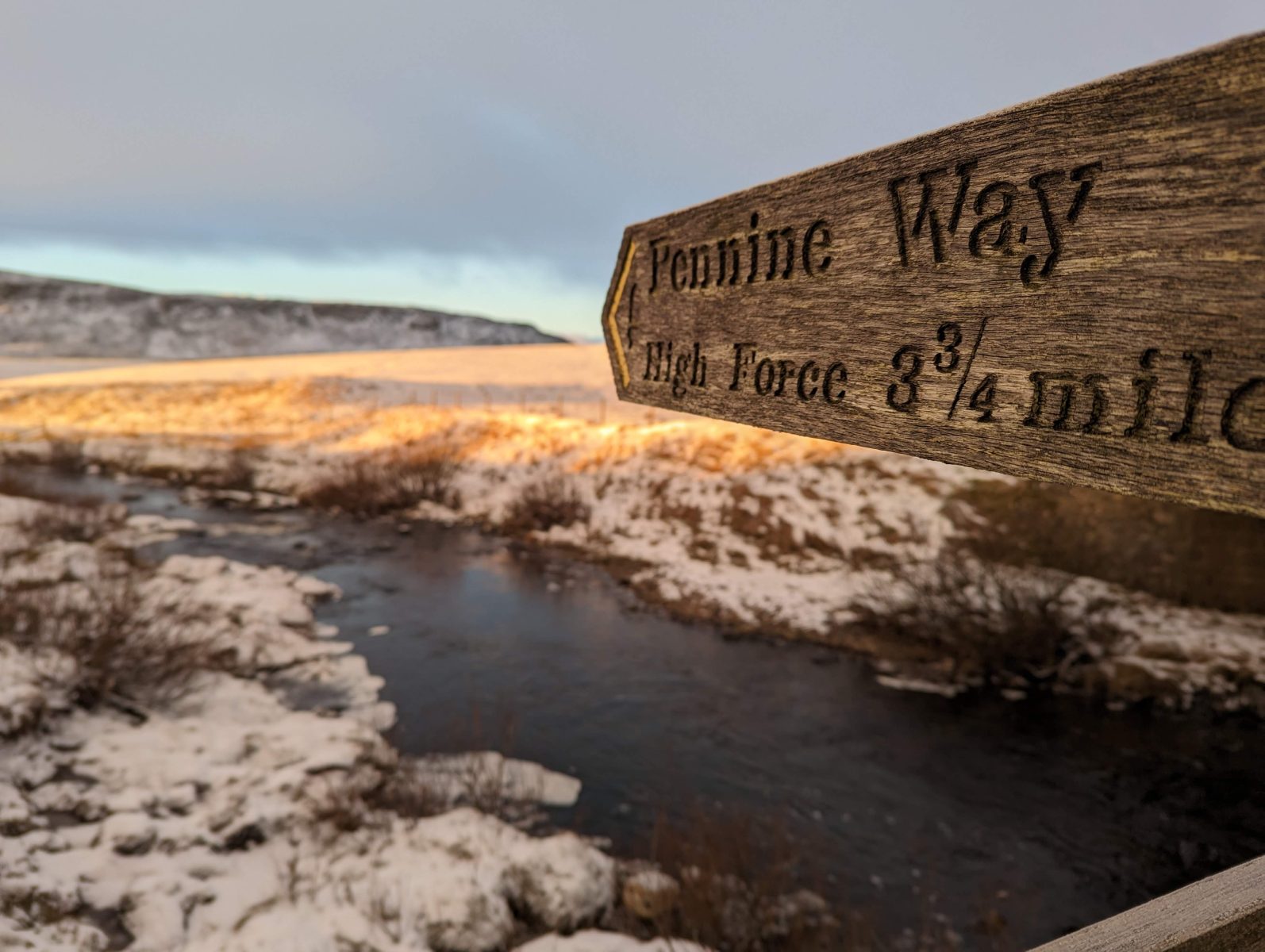
After this, our team was being deployed to where the racers would largely be, generally switching up the team members. I had a day Horton in Ribblesdale (with Jamie – our Jetpack medic, and Adam) – the caving club setup a feed station that was being welcomed by the racers – we saw some of the front runners come through, went up towards Pen-Y-Ghent and ended up helping a racer, and it was generally beautful up on the hill – although this was largely with the wind shadowed by the hill. As a general pattern for the day, I was keeping an eye on where racers were – sometimes moving to find a better signal on the phone – and occasionally going up the trail towards racers to check how things were (and avoid getting too cold!).
The drive back up the country that day was eventful – I recommend not driving a slightly skittish rear wheel drive car on ice…..there was some patching up to do…..
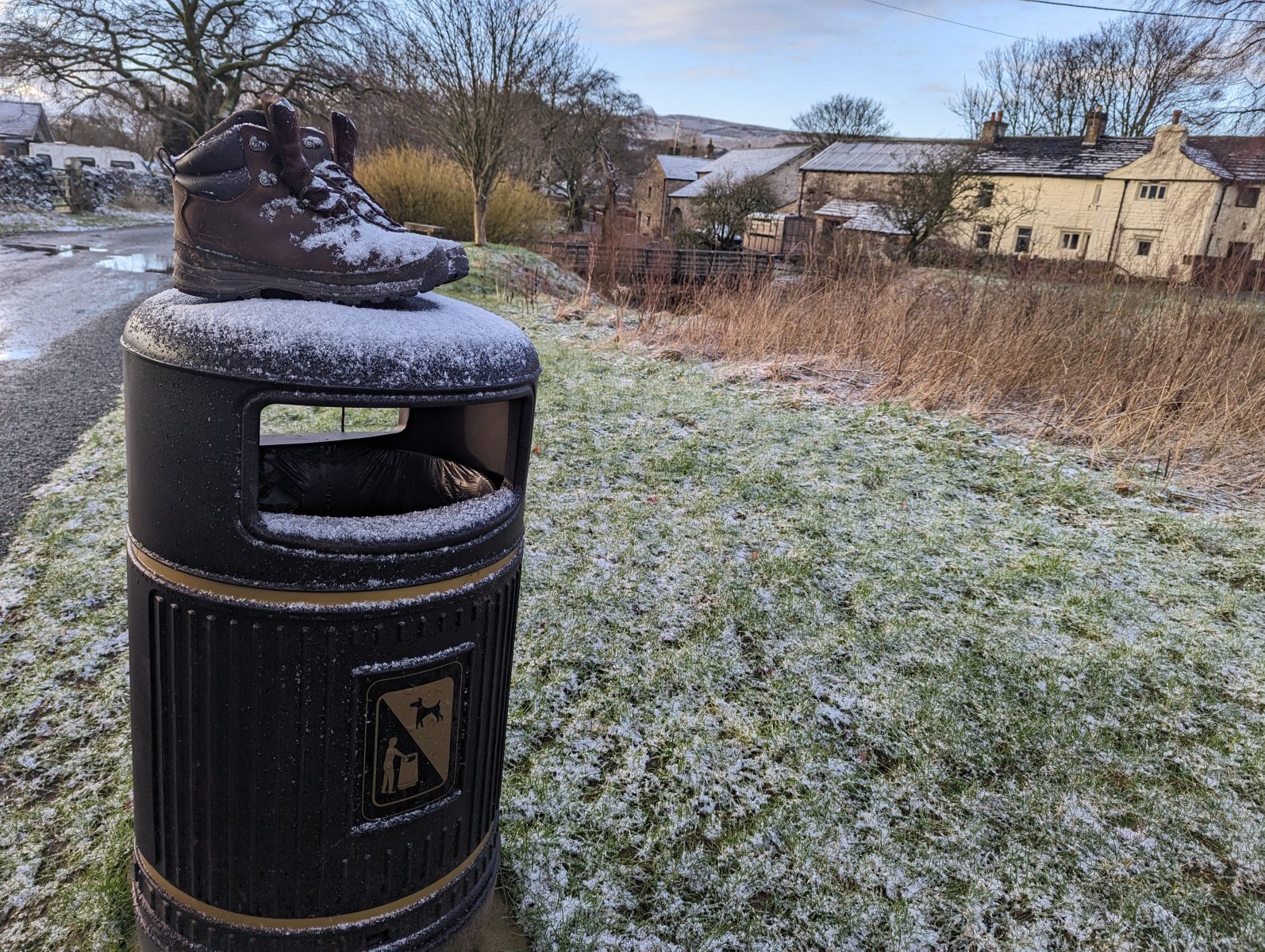
There were highlights – racers that we saw again after helping them onwards afterwards, snow and beautiful scenery (see the pictures of Cauldron Snout), supporting more runners on their journeys and just generally checking in on them. There was a lot of driving between locations where we were stationed, often on icy roads – some days we had checkpoints or cafes nearby, some days it was better to rely on a thermos or a cooker. I had emergency cake for these situations, and never needed to break out my ready meals.

We ended up staying at Langdon Beck HYA a little longer than expected (The Sill was full), and as a result looked after people towards the back of the field on our last day there (based in Dufton, initially helping take down the Check Point before going out to find a person who was physically strong, but was both hallucinating and forgetting how they got up the course – we walked them off the mountain, having run up it to find them.
The people racing, both on the Challenger and full Spine were impressive – all with their own form of grit and determination – I have massive respect for all of them, whether they completed it it not. On the middle stages of the week, we were seeing the front of the Spine field coming through – for the distance they’d gone they were generally impressively fast, and their level of focus was discernable – we could tell them apart from the Challengers on the course. It was fascinating to talk to them as we met them – some wanted a chat and perked up from it, most were in their own heads and focussing on what they were doing – it was a balance between checking they were ok, and not being intrusive.
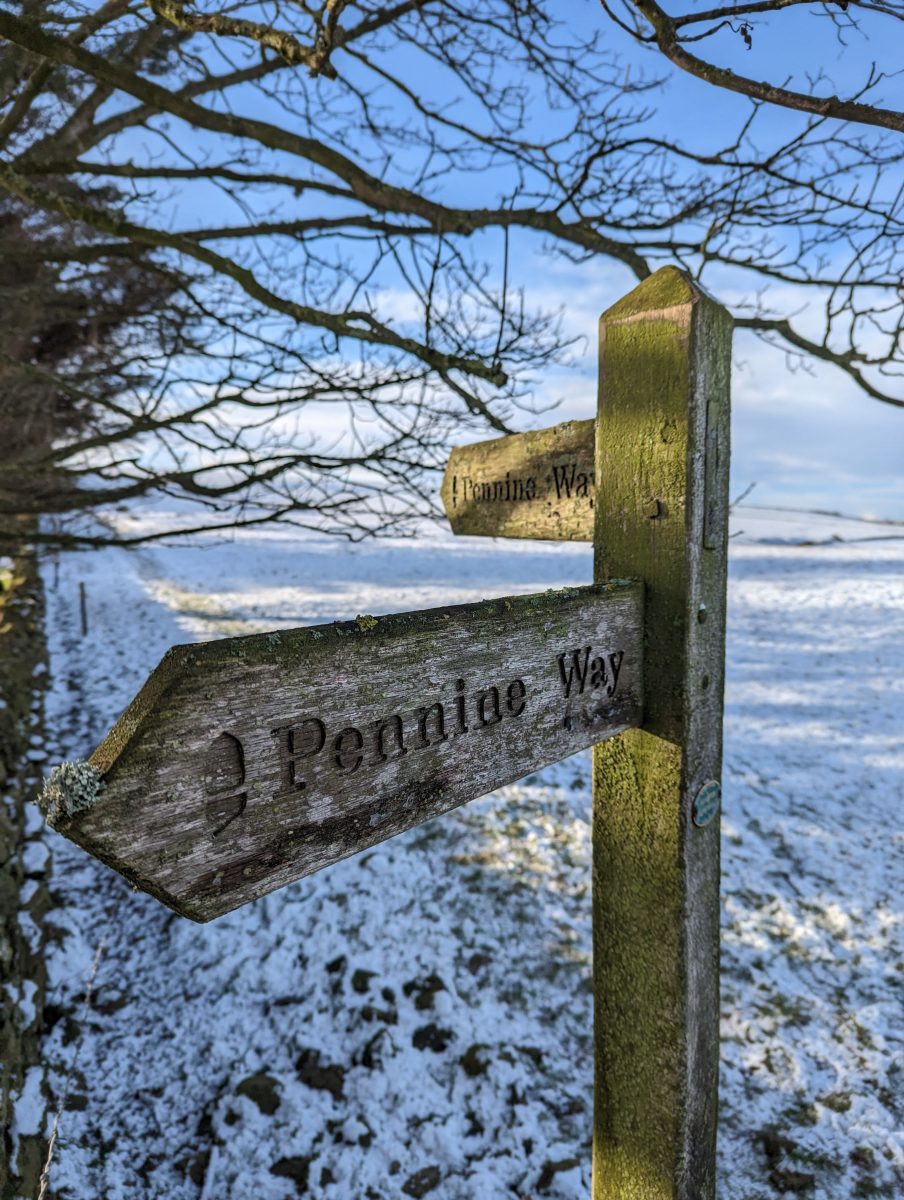
On a side note, a book of hallucinations could be written from the stories that I heard from the racers as the week went on – talking rocks, thinking other racers and checkpoints were illusions, monkeys playing violins, a phone what was someone’s head – the list goes on.
Highlights through the week – we’d meet people early in the week and help them – and it was great to then see them on better form going strongly later in the week.
The volunteers were a fascinating group of people – ranging for enthusiastic and looking for more mountain experience, experienced racers, mountain leaders, those just wanting to look after people or help them out – or combinations of all the above. We had doctors, people working in a range of people supporting roles, teachers, people running their own outdoors companies, or in the community (and oddities like me working in IT). It was generally an older group, which makes sense in terms of being able to take the time to volunteer – I’d used time off that I’d carried over from the year before.
It’s interesting – I was fairly focussed on dot watching, talking to people, travelling, cooking and so on – often in areas with fairly bad internet. As a result, it was fairly easy to lose track of days slightly, and focus on the event. The only thing that stayed at the edge of my mind was that I needed to be at the National Running Show at the end of the week helping with the Ultra stage!
Most had a wide range of kit that they obviously were comfortable using on the mountain (which you’d expect for those especially in safety roles), many had camper vans (I was envious!) – and it made both sleeping arrangements and days out more comfortable I suspect. In locations such as Langdon Beck where we stayed, multiple teams on different shifts were staying in the same location, so generally long periods of sleep weren’t easy with people coming in and out (as quietly generally as they could), or eating and socialising downstairs. A van gave people more peace and space to themselves!
It was interesting seeing the kit that was being used by those in the race – it started off wet, then it got wet with wind chill taking it below -8 degrees celcius in some areas, particularly on high ground. Most people appeared to have a good outer waterproof, a least one good mid layer and a good thermal base layer – many were getting too warm at lower ground, but not wanting to lose layers. How many layers, whether people were in boots or trainers, their approach to keeping gear such as gloves dry varied – but was interesting to see. There was also multiple discussions about chafing management, often to overly detailed levels – not surprising though!
What was the experience like being on a safety team? Generally very positive – I met a wide range of fascinating people, got to go to some beautiful places, and help people attempting a very hard feat.
Was it always interesting? No – but that’s not surprising, and it didn’t need to be. Some of the role was being in the right place in case needed, or tracking people were there were signal blackspots – then acting if there was issues. There was a *lot* of driving, as our coordinators tried to get us into the right places to help those racing, whilst balancing accommodation – I don’t envy their job at all on that one – the driving was exacerbated by collecting and dropping off go-bags coordinating with other teams, and the time driving (and cost of fuel) would easily have been offset by having a couple of extra bags – it’s something for the wider organisers to take on board for next time. We’d have also possibly need able to avoid some un-neccessary driving on icy roads, although a level of that was always going to be inevitable.
Would I volunteer again? Absolutely. Will I do it every year? Possibly not, my time off work is limited and I want to balance this with my own running and other adventures. The people and the experience made it worth it, and I have a couple of institutions from the race that I have yet to experience! (Annies, lasagne but to name a few) – but on the same note, I had a great experience. You need to be comfortable spending a lot of time around other people, deal with a lack of sleep, and be comfortable that if you need to be deployed that you’re safe and that you can help.
I’m glad to have been part of the Spine family – the sense of community was palpable – and I hope to join it again.
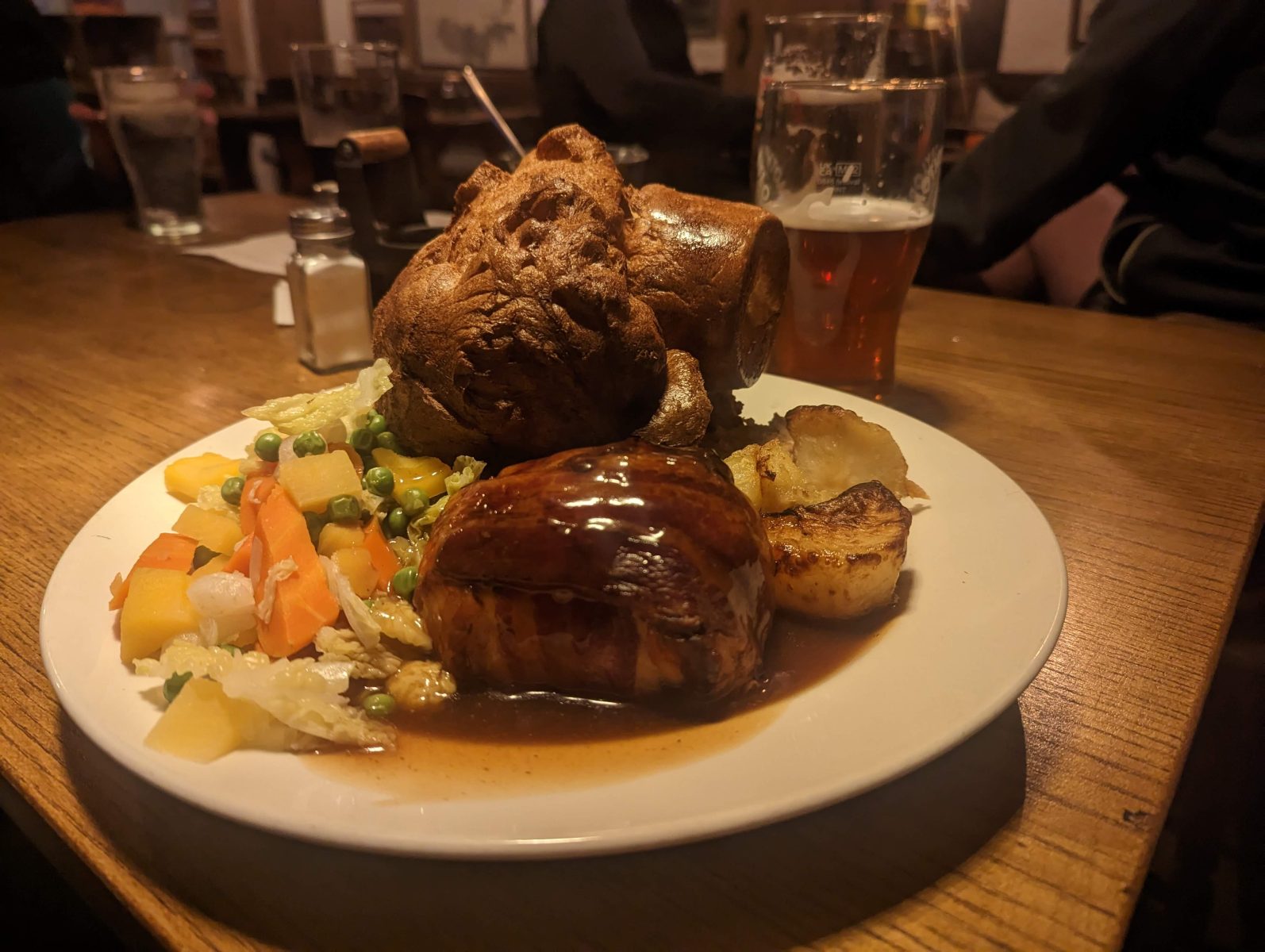
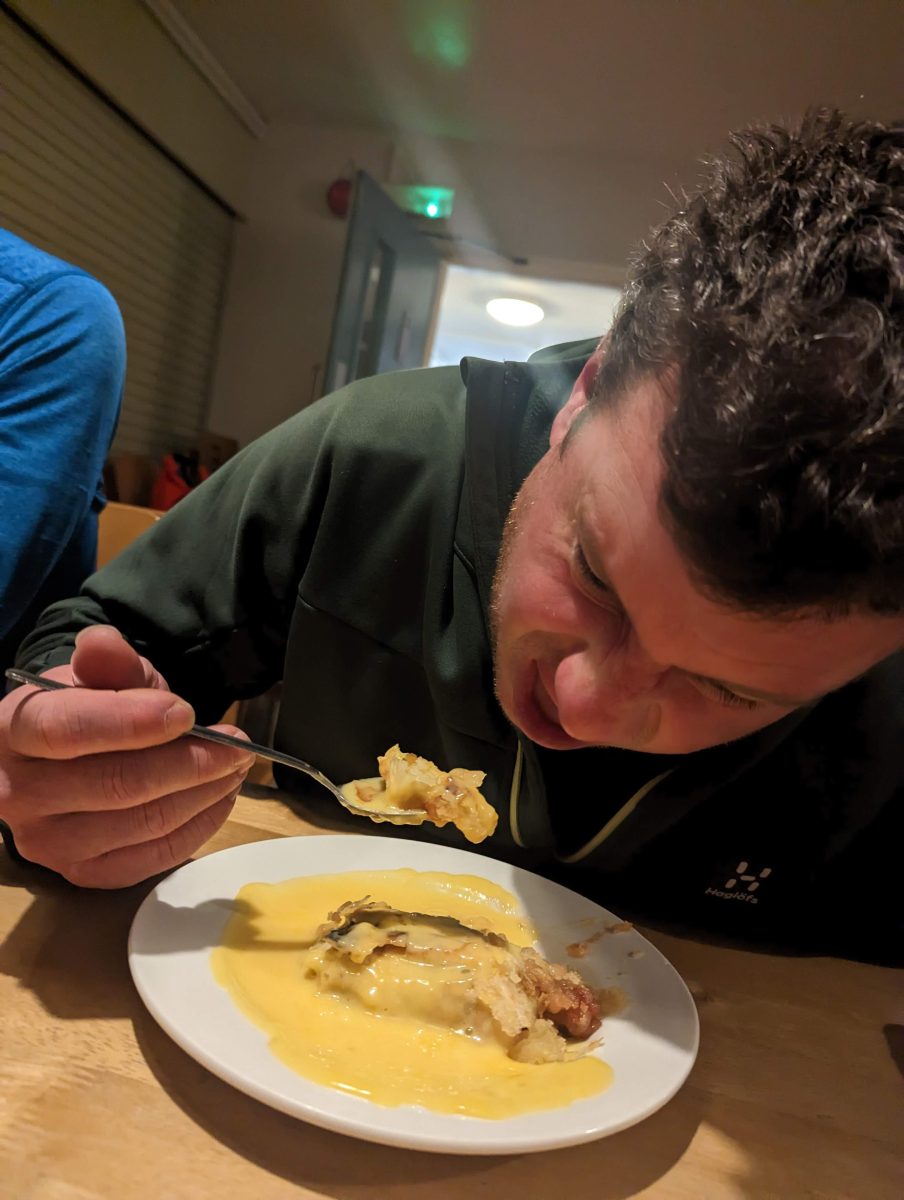

Be First to Comment